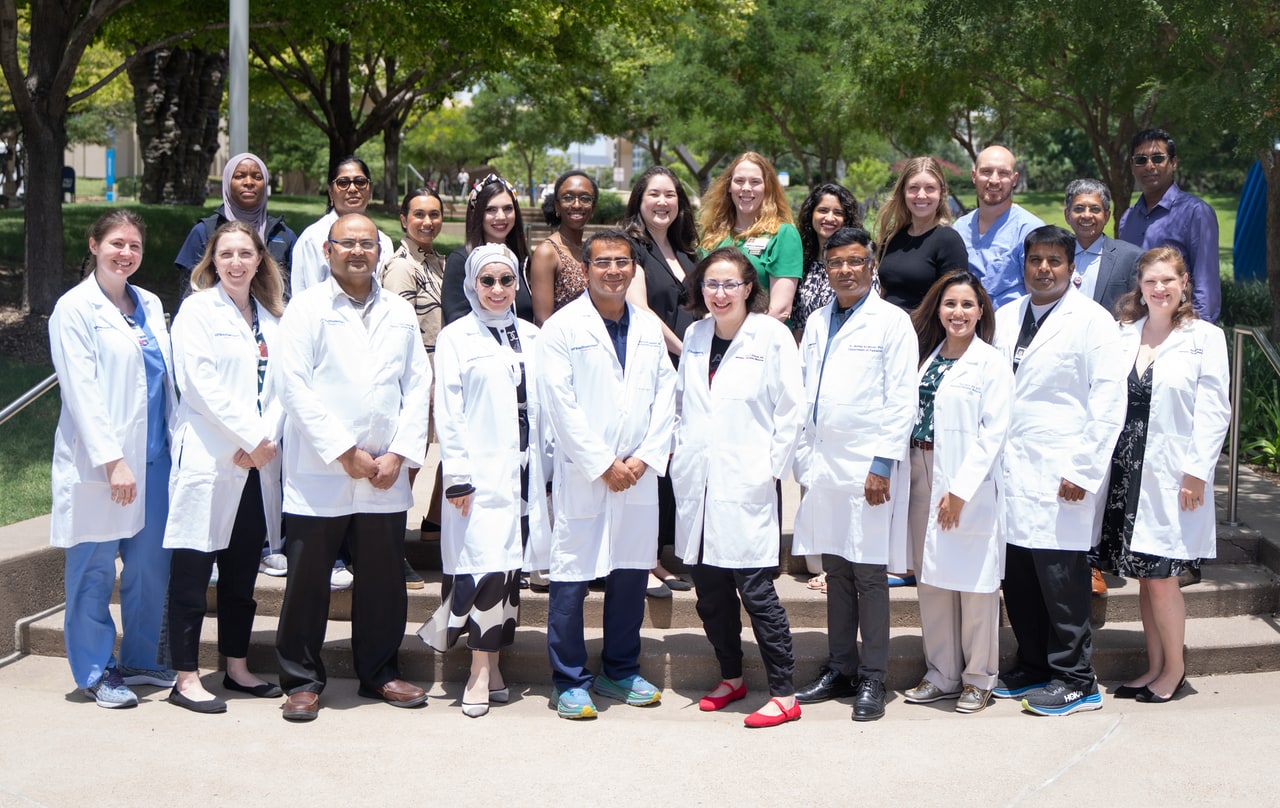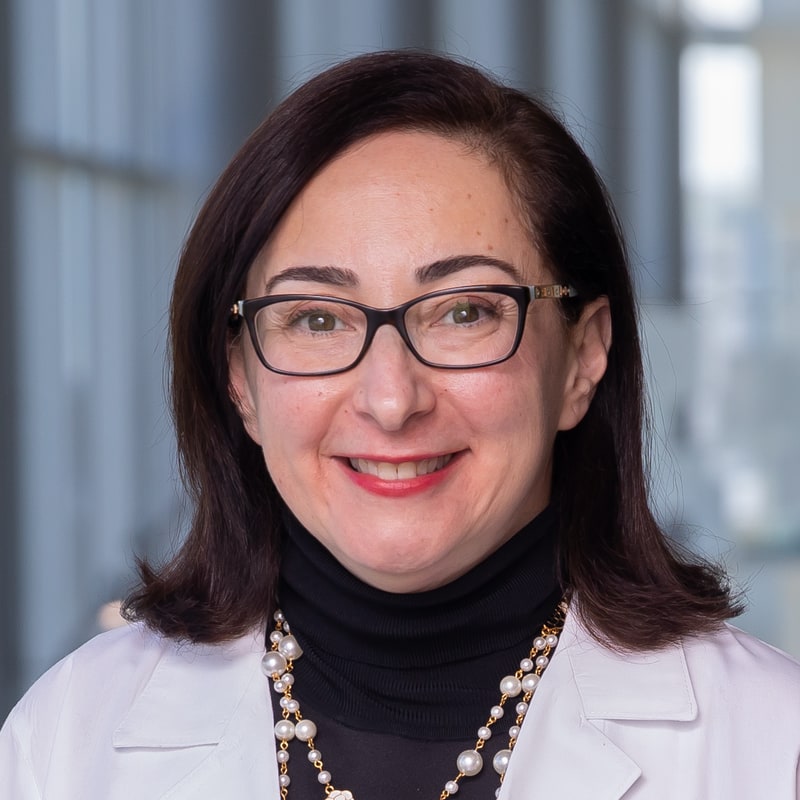Neonatal–Perinatal Medicine

The Division of Neonatal-Perinatal Medicine, under the leadership of Lina Chalak, M.D., M.S.C.S., Chief of Service, is dedicated to providing exceptional care for the most critically ill patients and is committed to the training of outstanding physicians and scientists. Through ongoing discovery, the Division's faculty and staff strive to help tomorrow's patients while improving outcomes for those in our care today.
Highlights of our program include:
- We're a destination program for neonatal–perinatal medicine that encompasses the full spectrum of maternal, fetal, and neonatal care.
- We're pioneers of innovative, comprehensive clinical care programs such as Fetus to Five (encompassing the FETAL program, NeuroNICU, and Thrive Program).
- By coordinating, aligning, and integrating obstetric, maternal–fetal medicine, and neonatal subspecialists, we deliver high-quality clinical care.
- We offer outreach services to improve newborn care in our growing Texas communities.
By the Numbers
Faculty
- 65 faculty
Clinical
- 5 clinical sites
- 73,410 inpatient encounters
- 989 outpatient encounters
Education
- 15 fellows
Research
- 25 active clinical trials
- 103 publications
- 5,785 citations
Leadership

Professor, Pediatrics and Psychiatry
Chief, Division of Neonatal-Perinatal Medicine
The William Buchanan Chair in Pediatrics

